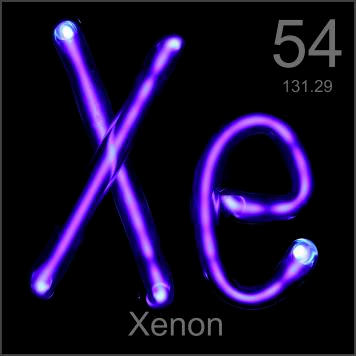High-performance liquid chromatography (HPLC) is a technique used to separate molecules based on size and surface charge, among other properties. The incorporation of ultra-violet (UV) detectors with HPLC allows the concentration of molecules to be determined following separation.
There are many types of high-performance liquid chromatography (HPLC) detectors. HPLC UV detectors are used to detect, analyze and identify the components of an eluted mixture after it is run through an HPLC column. The most used HPLC detectors are ultraviolet (UV) detectors. UV-VIS (ultraviolet visible) detection is used with HPLC to detect and identify analytes in a sample. UV detectors use light to analyze the sample. The analyte is identified by measuring the sample’s absorption of light at different wavelengths. UV-VIS detectors work by passing visible and UV light through a sample in a flow cell. The UV detector measures the sample’s absorption of light at different wavelengths as it passes through the cell. This process identifies the analyte. The properties of the sample of interest are determined by the amount of light absorbed. UV detectors are easy to use, reliable, and have a universal response to chromophoric compounds. UV detectors are in-line detectors that measure the UV absorbance of the HPLC eluent, they provide a continuous signal used to identify and quantify the amount of chromophoric compound coming out of the HPLC column. For all these reasons, UV detectors are the most common detector used in an HPLC system. UV detectors are also employed in FPLC (Fast Protein Liquid Chromatography), Preparative HPLC, UHPLC (Ultra High Performance Liquid Chromatography), as well as flow reaction chemistry monitoring.
UV detectors employ a deuterium lamp (D2 lamp) as the light source. A D2 lamp detects wavelengths from 190-400nm. If higher wave length detection is needed, a UV-VIS detector is used with an additional tungsten lamp. A xenon lamp can be used to cover the entire wavelength range from 190-800 nm.
The advantages of a Xenon source for a UV/VIS detector
What is the ideal detector design for protein purification, PET isotope purification, preparative chromatography as well as process chromatography?
The best UV detector design would incorporate the following elements:

- Xenon light source
- smallest possible footprint
- fiber optic flow cells for remote sensing
- wide variety of flow cells & materials to handle all applications
- the ability to monitor up to 4 wavelengths simultaneously
Xenon is the ideal source for UV detectors in all applications where ultimate sensitivity is not required.
A benefit of a xenon source is that it requires only 20% of the power typically needed for a deuterium light source. A Xenon lamp requires minimal warm up time compared to a deuterium lamp which takes 20-30 minutes to warm up. An additional advantage of using a Xenon light source is that it produces very low heat, so it is warm to the touch vs using a deuterium lamp, which is burning hot to the touch. The heat from a deuterium source can potentially denature proteins. In addition, the Xenon source covers the UV and visible range from 190 nm up to 800 nm as compared to a deuterium (D2) source which performs well from 190 nm to 400 nm. When a deuterium lamp is used as the light source, a tungsten halogen lamp needs to be added in order extend the range into the visible. Another benefit of a Xenon source is that the lamp and the power supply are housed together. It is very simple to replace both the lamp and power supply as one unit (making it plug and play), vs. replacing a D2 lamp, where the lamp and D2 power supply are separate units. Replacing a D2 lamp requires more time, effort and cost when they fail. The life expectancy of the Xenon source is in excess of 2.5 times the life expectancy of the deuterium lamp. Over time, the operating cost of the Xenon lamp is forty percent of the cost of operating a deuterium lamp, not even accounting for the time and effort required to replace the additional deuterium lamps.
The benefits of a Xenon source for a UV detector are significant. The Xenon source represents the best alternative to a deuterium source in variable and multi-wavelength UV-VIS detectors used for protein purification, PET isotopes, preparative chromatography, process chromatography and also in HPLC where ultimate sensitivity is not required.